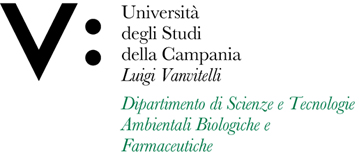Eugenio FASCI
Insegnamento di LASER SPECTROSCOPY
Corso di laurea magistrale in PHYSICS
SSD: FIS/03
CFU: 6,00
ORE PER UNITÀ DIDATTICA: 48,00
Periodo di Erogazione: Primo Semestre
Italiano
| Lingua di insegnamento | INGLESE |
English
| Teaching language | English |
| Contents | 1) Semiconductor lasers as spectroscopic tools; |
| Textbook and course materials | - Principles of Laser – O. Svelto, Springer |
| Course objectives | - Knowledge and understanding: |
| Prerequisites | Electromagnetism; Optics; Atomic physics; Optoelectronics. |
| Teaching methods | The course is structured in 48 hours of frontal lectures. |
| Evaluation methods | The examination consists in an oral interview based on the discussion of the topics treated during the course, with a typical duration of 40 minutes. Together with the evaluation of the degree of knowledge and understanding reached by the student, the interview is aimed to evaluate the students' ability in managing laser spectroscopic techniques. |
| Other information | This course is recommended for the study track dealing with Atoms, Molecules and Photons |
| Course Syllabus | 1) Semiconductor lasers as spectroscopic tools: Semiconductor diode lasers, quantum cascade lasers, interband cascade lasers – operation principles and properties (1 ECTS). |








